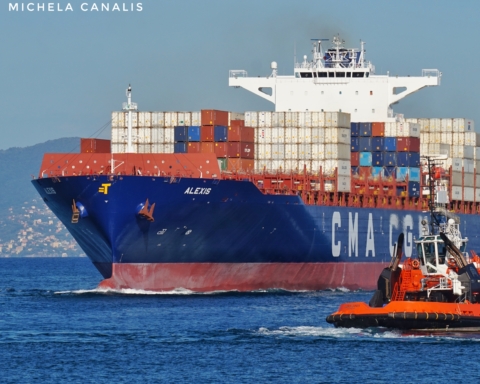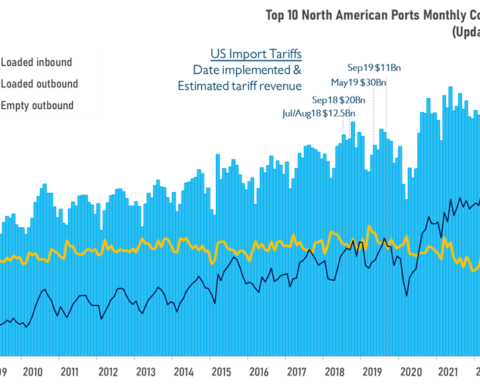According to Sea Intelligence’s latest report, one trend is becoming increasingly clear from the data published by the alliances: the port of Hong Kong has been discarded by the east-west traffic of all major shipping lines.
In the schedule provided by Gemini, there are no direct deep-water calls to Hong Kong. In the updated 2024 Ocean Alliance network, the number of direct calls to Hong Kong port will be reduced from 11 to 6.
THE Alliance published the 2025 Trans-Pacific Network Overview last week. Hong Kong will be removed from the Pacific Southwest and Pacific Northwest services and will only be used on one service between Asia and the US East Coast.
The latest figures from the Port Liner Shipping Connectivity Index compiled by UNCTAD also show how Asian ports are becoming less and less interconnected in global markets. The index of the UN Conference on Trade and Development is based on six indicators: the total capacity (in TEUs) carriers use at each port of call, the number of regular liner services calling there and the number of container lines operating there, the average hold capacity (in TEUs) of the vessels employed on the service; the number of ports to which it is directly connected.
If we look at the last decade, what stands out is how, in the fourth quarter of 2023, Hong Kong got its worst result ever, at 388 points.
According to Sea Int, although this does not bode well for the Port of Hong Kong, these trends show that a strong network consolidation is taking place, especially with regards to transshipment hubs, with a kind of natural selection benefitting fewer, larger, more economically efficient hubs.
“Hong Kong appears to be the first major ‘victim’ of this. But as the new alliance constellations improve their networks in the coming years, it is likely that more ports may risk the same fate as the Hong Kong.”
Translation by Giles Foster




